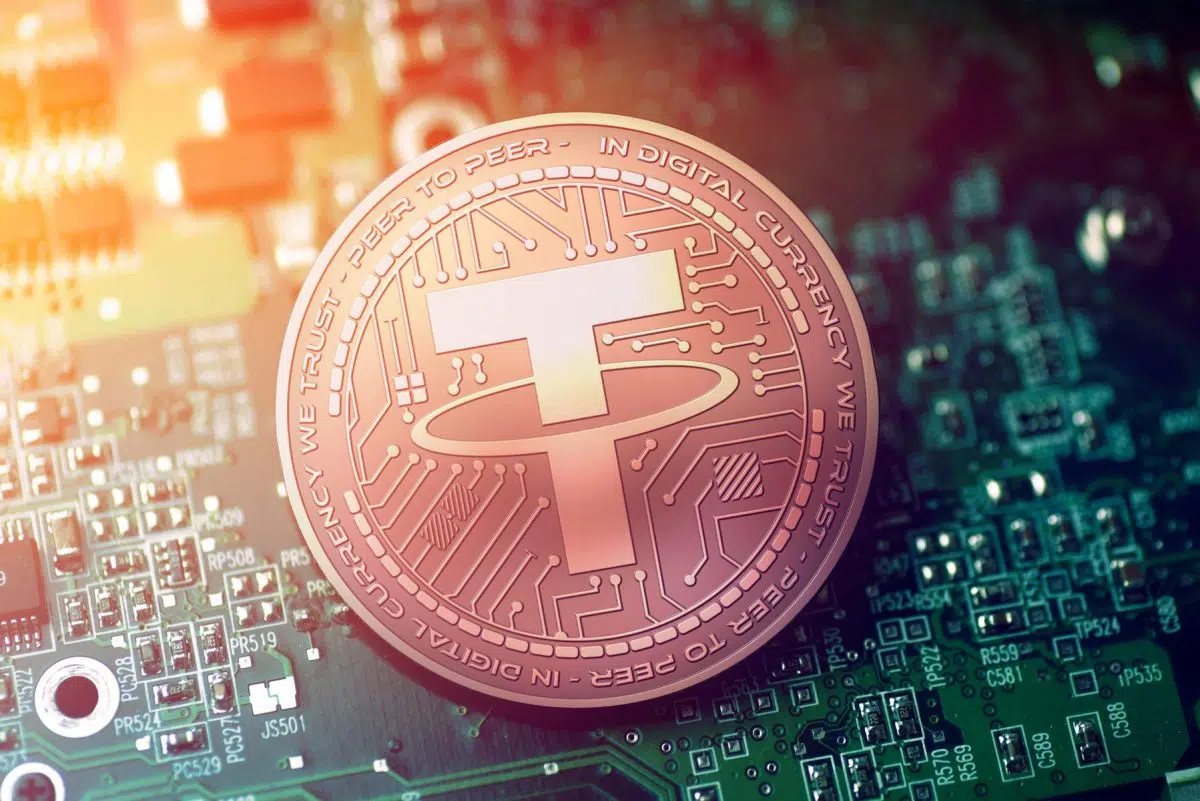
- Tether, the world’s largest stablecoin with a $138 billion market cap, has revolutionized digital finance by offering a stable, dollar-pegged cryptocurrency widely used for legitimate trading and liquidity purposes.
- However, its ties to illicit activities, regulatory scrutiny, and political entanglements raise concerns about systemic risks and the transparency of its operations.
In the fast-evolving world of cryptocurrencies, Tether (USDT) has emerged as a dominant force. With a staggering market capitalization of $138 billion, it is the world’s most traded cryptocurrency and the leading stablecoin. However, Tether’s meteoric rise has not come without controversy, with concerns ranging from regulatory scrutiny to its ties with political and financial powerhouses.
What Makes Tether Unique?
Launched in 2014 by Giancarlo Devasini and Brock Pierce, Tether was designed to bridge the gap between volatile cryptocurrencies and fiat currencies. Unlike Bitcoin, Tether’s value is pegged to the U.S. dollar, backed by reserves that include Treasury bills, gold, and Bitcoin. This stability has made it a favorite for cryptocurrency traders and financial institutions seeking a reliable digital asset.
Its rapid adoption is undeniable—growing from a few billion in market cap in 2019 to $138 billion today. But this same success has amplified concerns over its influence and systemic risks.
Why the Scrutiny?
Tether’s growth has attracted significant attention from regulators and law enforcement agencies in the U.S. and EU. Reports suggest that international criminals prefer Tether for its liquidity and ability to facilitate anonymous cross-border transactions. A UN study from 2024 revealed that Tether allegedly facilitated $17 billion in illegal trades, linking it to crime syndicates, drug cartels, and even sanctioned entities.
Unlike Bitcoin, which operates on transparent public blockchains, Tether transactions often occur on platforms with weaker Know Your Customer (KYC) and Anti-Money Laundering (AML) measures, further raising concerns about its potential misuse.
The Politics of Tether
Adding another layer of intrigue is Wall Street giant Cantor Fitzgerald’s $600 million stake in Tether. CEO Howard Lutnick, who also serves as Donald Trump’s nominee for Commerce Secretary, has deep financial and political ties. With Cantor managing much of Tether’s Treasury bill reserves, questions about potential conflicts of interest have surfaced, especially as investigations into Tether’s links to illicit activity intensify.
Systemic Risks and the Path Forward
Tether’s sheer size has led some experts to consider it “too big to fail” within the crypto ecosystem. Any disruption to its stability could trigger widespread fallout, not just in cryptocurrencies but potentially in traditional financial markets as well. Critics also point to Tether’s resistance to comprehensive audits, raising doubts about its financial transparency.
Conclusion
Tether exemplifies the double-edged sword of cryptocurrency innovation. Its stability and utility have revolutionized digital finance, yet its growing influence, regulatory challenges, and political entanglements create a precarious landscape. As Tether continues to grow, it will test the resilience of regulators, the financial system, and the very nature of the crypto market.





